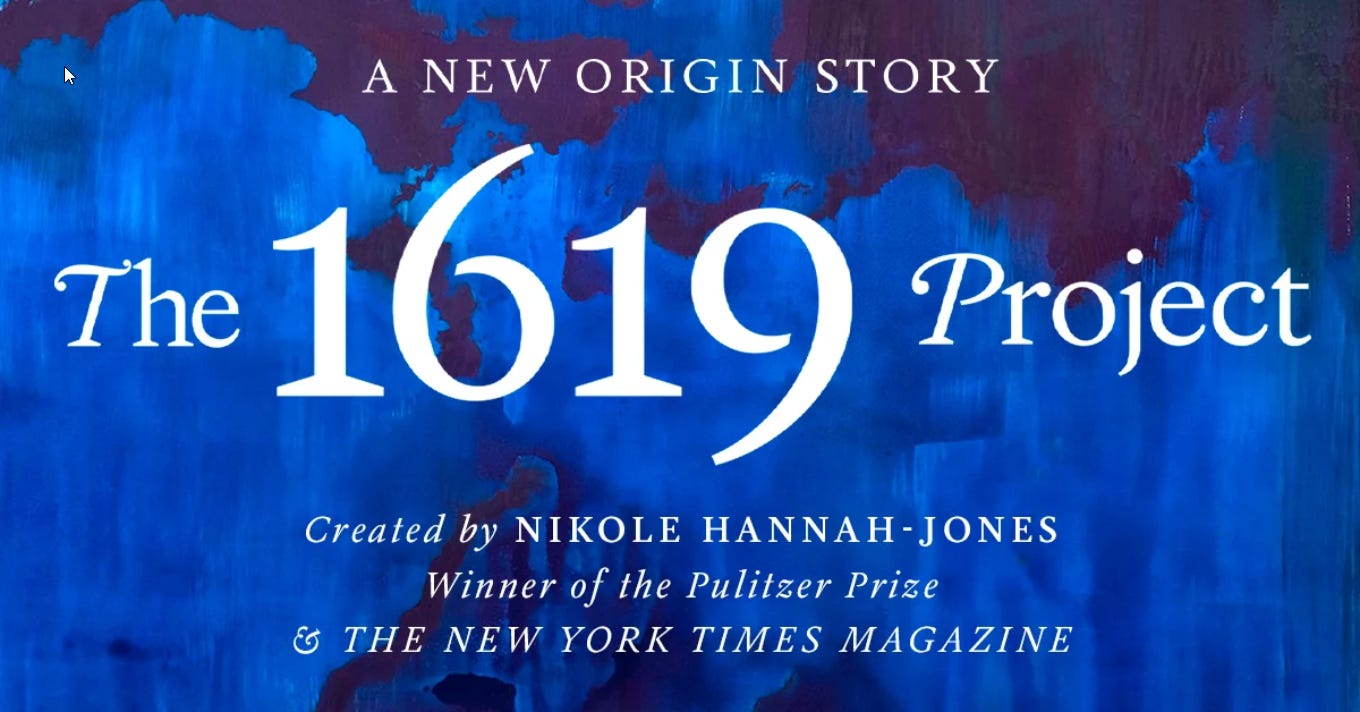Imagine a meeting of your neighborhood watch where the neighbor down the street bursts in, yelling “Help, my house is burning!” You survey the room and another neighbor is sitting there decked out in fire-fighting gear from head to toe.
That’s what it must have felt like two hundred fifty years ago, on June 14, 1775. Delegates had gathered in Philadelphia for America’s 2nd Continental Congress. There, Massachusetts pled for help after its commander-less militia had clashed with the British at Lexington and Concord.
Sitting in the room was Virginia delegate George Washington, dressed in full military uniform. Washington had not seen battle in twelve years, and had this beautiful new military waistcoat sewn by Andrew Judge, an indentured servant bound to Mount Vernon, the estate of the widow Martha Custis, now married to Washington.
Washington himself had directed Judge in design of the uniform. A blue and buff color scheme was chosen after consulting with his friend, fellow Virginian George Mason.
Over 200 years later, in a “re-casting” of the American Revolution, writers participating in the New York Times’ 1619 Project would highlight Washington, siting in Philadelphia is his custom military “costume,” made by “an owned laborer,” as evidence that a pretentious landed white aristocracy is who took America to war “on the backs and sweat of the less privileged.”
But a closer examination of the historic facts reveals a different narrative.
Andrew Judge, the indentured tailor, paid off his contract shortly after making Washington’s uniform. He continued as a free tradesman making uniforms for the Continental Army. “The tailor who made Washington’s waistcoat” became his calling card, an accomplishment in which he took great pride.
Washington’s fixation with uniforms came from his father, Augustine, a Justice of the Peace and later Sheriff of Westmoreland County, Virginia. Washington, who also served briefly in local law enforcement, revered those who put themselves in harm’s way to protect others . . . often rewarded not with wealth, but with a uniform conveying authority and demanding respect.
Washington was a man of few words who relied heavily on symbols. He could give rare inspiring speeches, but would often attach the topic to a logo, banner or insignia. “Our flag stands for” was a uniquely Washingtonian figure of speech.
Washington actually commissioned his military uniform in 1774, shortly after the British Parliament passed its Administration of Justice Act, requiring British soldiers be tried in English courts. That Act was repugnant and “intolerable” to Washington. It made commission of heinous crimes untouchable by American authorities, and he called it “an act of war.”
To the delegates gathered in Philadelphia Washington’s uniform was no pretension, but a symbol declaring “We are at war, and I, for one, am prepared to fight.” He was not seeking the position of Commander-in-Chief, but he knew armed resistance was inevitable. When the delegates voted to make Washington commander of the Continental Army, the vote was unanimous with one abstention . . . Washington himself.
Every first-hand description of Washington notes his humility. After New York delegate John Adams nominated him, fellow Virginian, Patrick Henry, tells us Washington felt so ill-suited to the honor it “would be the ruin of my reputation.” Mount Vernon’s website notes that, on his way to assume command, Washington visited Benjamin Franklin’s library and borrowed every book available on “commanding large armies.”
Washington’s British counterpart was Major General Sir William Howe, the literal author of the British Army’s training regime. Washington turned the phrase “lose the battle but win the war” into a strategy. Throughout the Revolutionary War, Washington strategically retreated at least five times. His courageous crossing of the Delaware was to attack Howe’s hired Hessians in Trenton by surprise, inflicting maximum pain at the lowest cost to American forces.
Amazingly, when Continental army conscriptions started to expire, many of Washington’s troops “re-enlisted” out of loyalty to a commander who clearly valued their lives.
At the end of the war, Washington, without prompting, resigned his commission, saying “I answered the call of Congress, and nothing more.” In doing so, he started a centuries-long precedent of civilian control over the military.
When Washington died in 1799, Congress sent a representative “of the Nation” to speak at his funeral. It was in that eulogy that Washington was described as “First in war, first in peace, first in the hearts of his countrymen.”
America was forged out of several new ideas. One was a written Constitution defining and limiting power in government. Another was to rip that power from being “inherited” by aristocracy, trusting instead to humble, but capable honest citizens elected by their peers.
Washington was clearly the latter, and we shouldn’t fault him because he was dressed right for the impossible task his fellow Americans volun-told him to lead.
Trent Clark of Soda Springs is a writer for the America250 Project.







